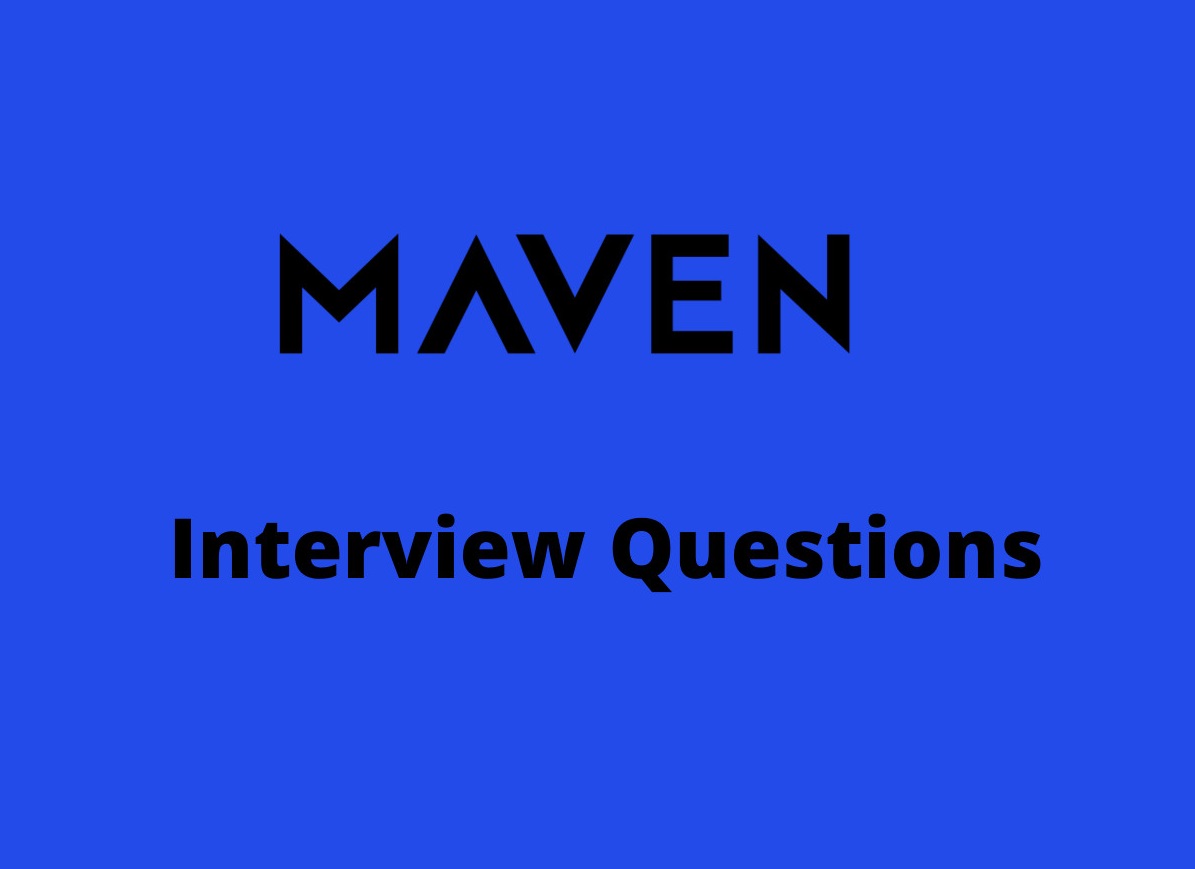Practice Best Devops Maven Interview Questions
Maven is project object model (POM) based project management and comprehension tool software. It is a build automation tool, primarily with Java projects. It is a type of automated tool designed for understanding how software is built using a programming language and how it is dependent on the various codes and functionalities of the basic language. Its basic concepts and components tell you about all the key steps which are involved in the process of web-based application development using these tools and how to manage them.

